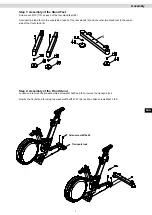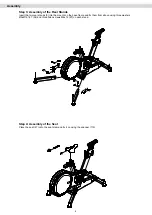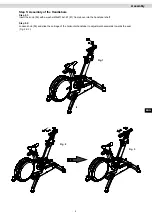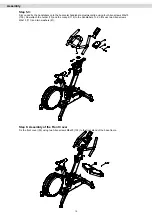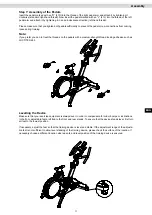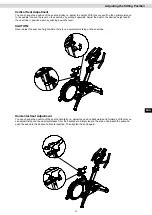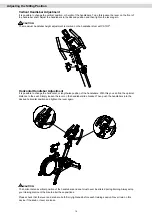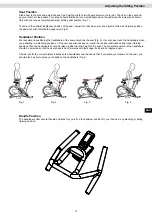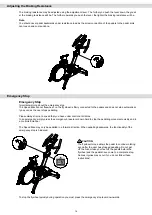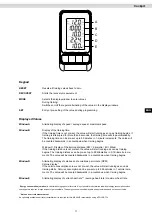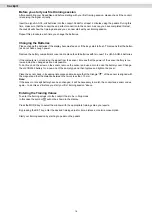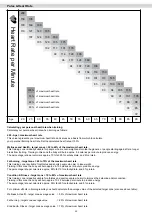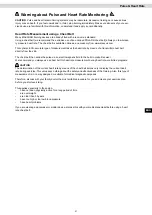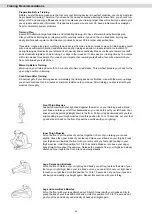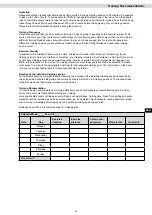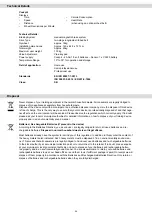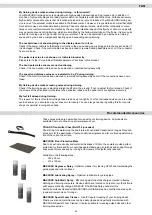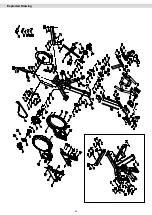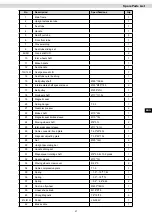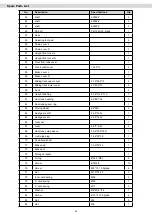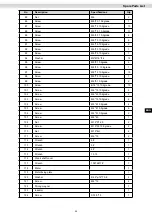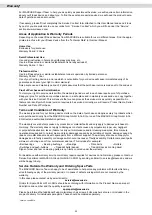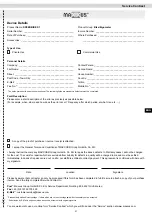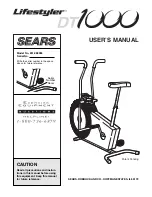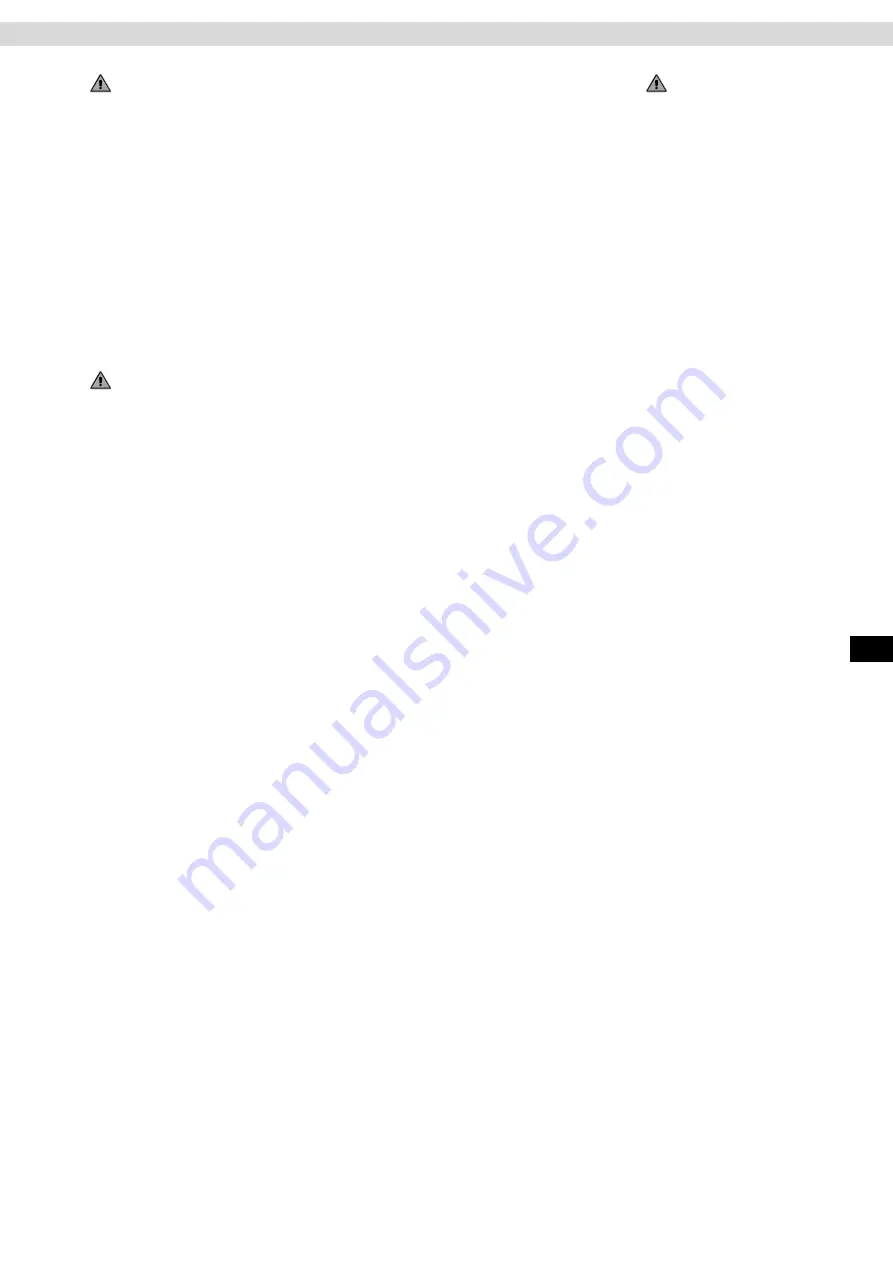
21
ENG
Pulse & Heart Rate
Warning about Pulse and Heart Rate Monitoring
CAUTION
: Pulse and heart rate monitoring systems may be inaccurate. Excessive training can cause serious
injury or even death. If you feel unwell and / or faint, stop training immediately. Make sure all users of your exer
-
cise device are familiar with this information, understand it and apply it unconditionally.
Heart Rate Measurement using a Chest Belt
Many MAXXUS® training devices are already fitted with a receiver as standard.
Using a chest belt (we recommend the exclusive use of an uncoded POLAR® chest belt) allows you to wireless-
ly measure heart rate. The chest belt is available online as an accessory from www.maxxus.com.
This optimal, ECG-accurate type of measurement takes the heart rate by means of a transmitter chest belt
directly from the skin.
The chest belt then sends the pulse via an electromagnetic field to the built-in cockpit receiver.
We recommend you always use a chest belt for heart rate measurement during heart rate-controlled programs.
CAUTION
The determination of the current heart rate by means of the chest belt serves only to display the current heart
rate during exercise. This value says nothing about the safety and effectiveness of the training. Also, this type of
measurement is in no way designed or suitable for medical diagnostic purposes.
Therefore, discuss with your family doctor the most suitable procedure for you and create your exercise plan
before you start exercising.
This applies especially to those who:
−
have not been physically active for a long period of time
−
are overweight
−
are older than 35 years
−
have too high or too low blood pressure
−
have heart problems
If you are wearing a pacemaker or similar device, discuss this with your medical specialist before using a heart
rate chest belt.

